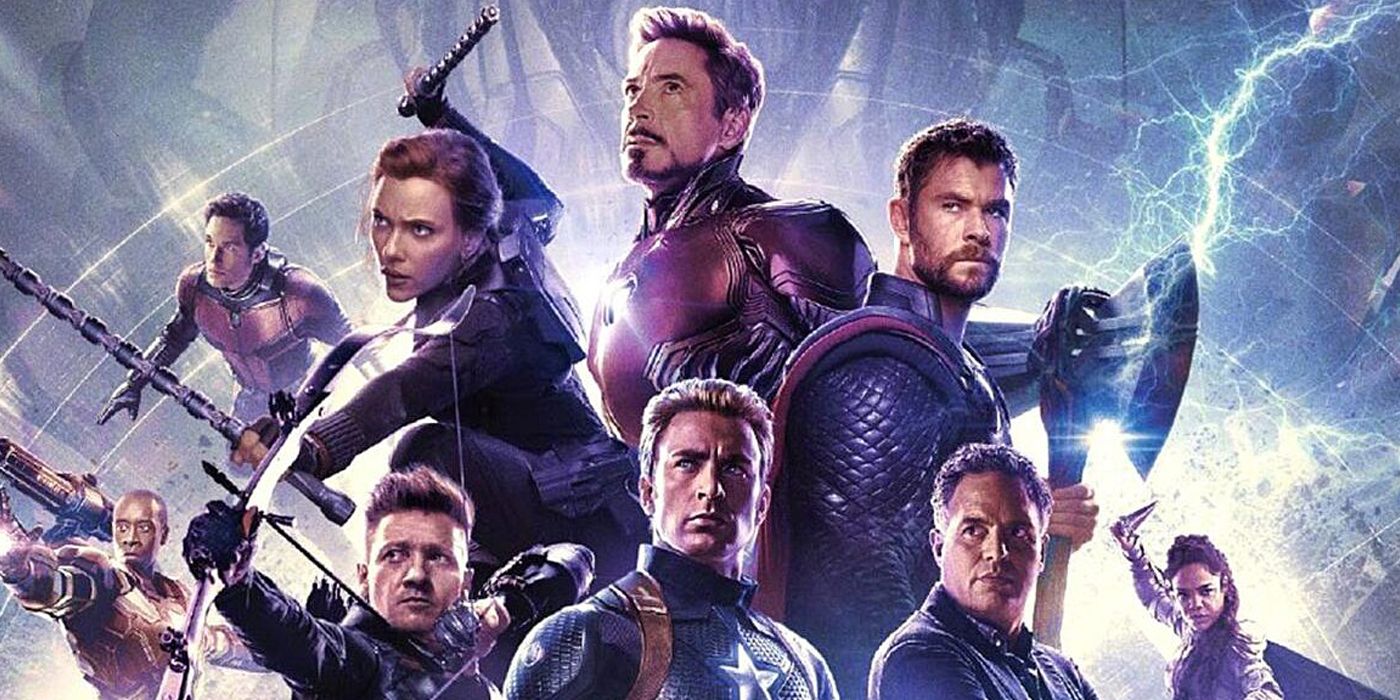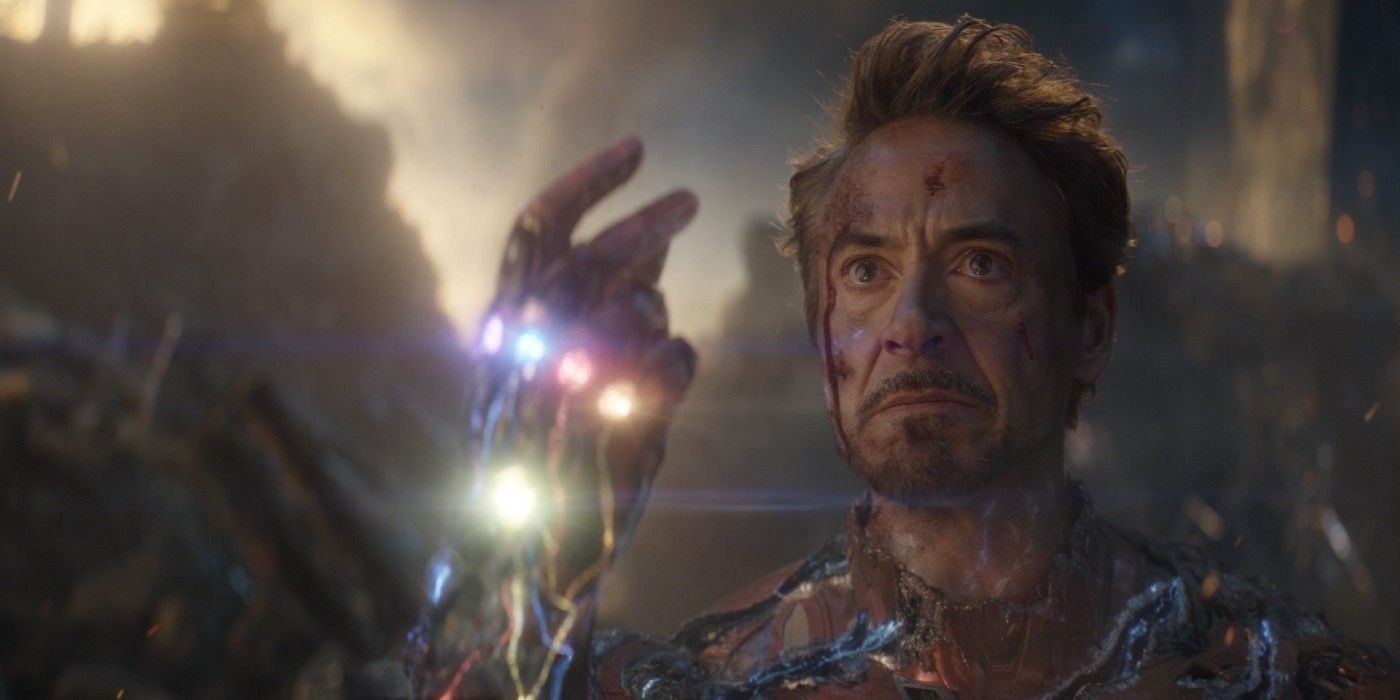Having a two-part conclusion to a cinematic saga has been a growing trend for a while now. Kicked off in earnest by Harry Potter and the Deathly Hallows Part 1 (2010) and Part 2 (2011), it has becoming increasingly common for big-budget, ‘tentpole’ franchises (especially those based on existing properties, like novels) to split up their final entries and release them as multiple features. While some of this can be attributed to the ‘final’ films often being so large and ambitious that they need multiple movies to fully tell their stories, there is a more obvious reason: greed.
Indeed, why would studios only release one film, when they could release two and double their profits, milking audiences for as much as they could? This practice becomes even more egregious when franchises like The Hobbit get in on the action. Despite the original novel only being 310 pages long, Peter Jackson managed to create three whole films out of this source material, stretching out the plot and filling the gaps with vacuous nonsense (why did he invent a dwarf-elf-elf love triangle and make it feature so prominently?). Really, a lot of fans had become fed-up with this newfound practice, once again having their loyalty and interests manipulated by avaricious studios. Nevertheless, they followed along, out of love for their favorite properties.
But then Avengers: Endgame (2019) was released, and attitudes changed. Following on from 2018’s Avengers: Infinity War, the film was part of the Marvel Cinematic Universe’s two-part finale to the ‘Infinity Saga’ that had begun with 2009’s Iron Man. Directly responding to the plot and events of Infinity War, but also touching on all of the then-21 films of the MCU, the movie was a climactic resolution to the stories of countless characters and multiple franchises; it totally justified its own existence. Featuring the death of Iron Man, the defeat of Thanos, the retirement of Captain America, the reunification of the Avengers, and even the return of half of all life in the universe, Endgame did not disappoint.
This was, of course, reflected in the critical and commercial response to the film. Receiving a rare ‘A+’ score from CinemaScore (a polling company that gauges audience responses to films) and 94% on Rotten Tomatoes, as well as shattering records to become the highest-grossing movie of all time, Endgame succeeded on every front.
However, this success comes at a cost: Endgame has reframed what justifies a two-part finale in the eyes of the movie-going public. Now, two-part film finales can be ‘allowed’… but only if they reach the level of Endgame. In this regard, the film has ruined the concept of the two-part finale as studios actually need to justify them, so they can’t be meaningless cash-grabs anymore.
Take the conclusion to Lionsgate’s Hunger Games series for example. Split into Mockingjay: Part 1 (2014) and Mockingjay: Part 2 (2015), this finale’s two-parter nature was widely criticized as being unnecessary, making both individual films suffer as a result. Due to the way the movies divided the source material’s plot, Part 1 was full of character development but no action, and Part 2 was full of action but no character development; it was totally unbalanced. Equally, because the original novel wasn’t long enough to justify two whole films (being only 390 pages long), the screenwriters once again invented new details to fill the bloated run-times, angering fans and undermining the social commentary of the series.
Conversely, Infinity War and Endgame balance their plot and action perfectly, delivering heartfelt character moments along with big-budget spectacle throughout both. In fact, the only criticism that could be levied at the films is that they are full to the brim: while the Mockingjay movies languished in being too long and bloated, Avengers 3 and 4 had the exact opposite problem, offering too much. In a world where most two-part finales share the same problem as the Hunger Games (the Deathly Hallows films were also criticized for poorly dividing the plot), it’s rather refreshing that Infinity War and Endgame break the mold.
However, despite the new attitudes towards these two-part finales, they’re not going away any time soon. It was recently revealed that both the Mission Impossible and Fast and Furious franchises would be ending with two-film finales, likely inspired by the box-office success of Endgame. While it is, of course, easier for these films as they’re not fully based on any existing source material (i.e., unlike Hunger Games, they won't struggle to translate a story from book to screen), there are some pertinent lessons they can learn from Endgame.
First, make sure the two films are balanced in terms of action and plot (don’t front-load the character stuff!). Second, justify the existence of the second film relative to the first (let each film exist in its own right). And, lastly, if the film is going to be over 90 minutes long, then it needs to be full to the brim and not a bloated mess. Hopefully, if future franchises take these lessons to heart, Endgame won’t have ruined the two-part finale format; it will have improved it.




